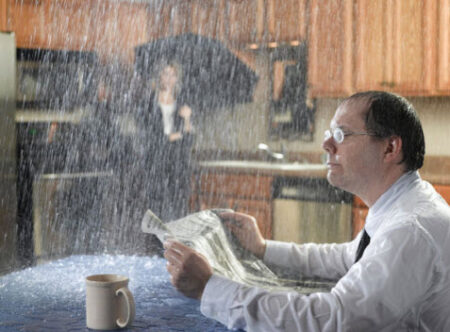The law has specific rules and guidelines when it comes to tenant-landlord relationships and responsibilities. In the eyes of the law, a landlord is required to follow certain tenant protection guidelines and provide a habitable living space for their tenant. Whoever you are in the situation, whether landlord or tenant, it’s important to know and understand exactly what this means. So, what makes your living space uninhabitable in the eyes of the law?
Tenant Protection Guidelines Dictate These Requirements
When it comes to specific guidelines, the law is unfortunately somewhat hazy, and states usually have their own specifications. This is because there are many factors that go into creating a livable space, legally speaking. Regardless of the gray areas, there are some hard limits that immediately raise a red flag when it comes to a legally habitable space.

Zoning
The space being rented must follow zoning laws for a livable space. A closet or bathroom is not a habitable living space because it doesn’t provide the level of comfort required in the eyes of the law. The law defines habitable living space partly as space which will provide “reasonable comfort”. Access to toilets and bathing facilities is essential to habitable space.
Safety and Health Standards
The space must be safe for the tenant to live in. The landlord cannot rent a space where dangerous construction is going on that can harm the tenant. They are also usually responsible for other dangerous conditions that could endanger the tenant’s physical health, such as harmful mold, asbestos, gas leaks, or other dangerous conditions will cause the space to be considered uninhabitable.
Protection From the Elements
It should be a given, but the law states that the space must provide reasonable protection from the elements. This means that it must be a structure that is reasonably sheltered, and you cannot rent it with missing windows, missing doors, or lack of enclosure of some sort. It must also have access to heating and electricity.
Repairs
A landlord is responsible for necessary repairs that impact the habitability of the space. It is not enough that it was once habitable. Roof, toilet, and wiring are some of the repairs covered in this requirement in most states.
Providing a habitable space for a tenant is a landlord’s duty and legal obligation. If you are unsure whether your living space in habitable, check your local state law or contact an attorney to help you discern the requirements in your area.
Sources:

